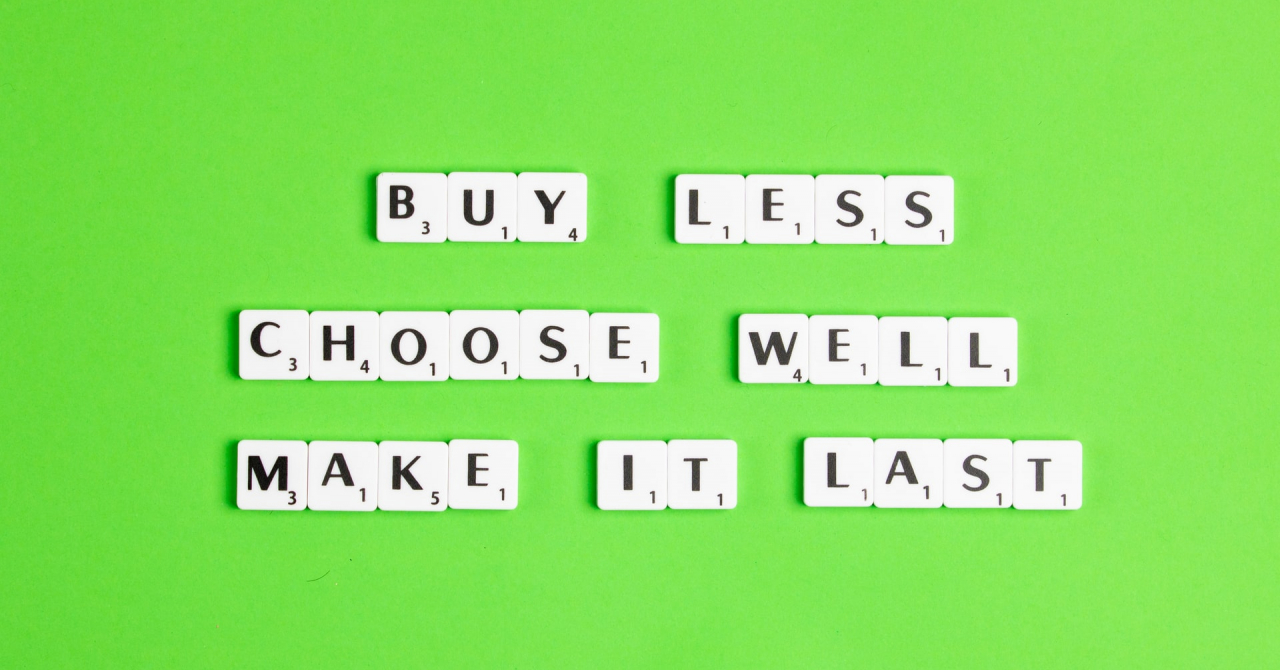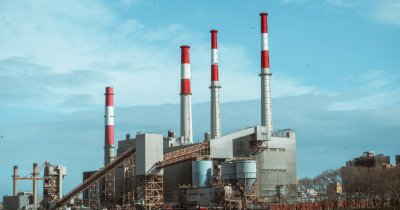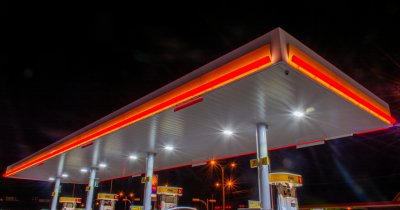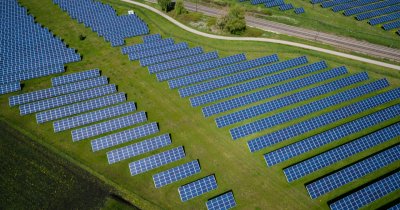”As announced in the Circular Economy Action Plan, the Commission is proposing new rules to make almost all physical goods on the EU market more friendly to the environment, circular, and energy efficient throughout their whole lifecycle from the design phase through to daily use, repurposing and end-of-life”, is stated by the members of the Commission in a press release.
The Commission presented a new strategy to make textiles more durable, repairable, reusable and recyclable, to tackle fast fashion, textile waste and the destruction of unsold textiles, and ensure their production takes place in full respect of social rights.
A third proposal aims to boost the internal market for construction products and ensure that the regulatory framework in place is fit for making the built environment deliver on our sustainability and climate objectives.
”The Commission is presenting the tools to move to a truly circular economy in the EU: decoupled from energy- and resource dependencies, more resilient to external shocks and respectful of nature and people's health. The proposals build on the success of EU's existing Ecodesign rules, which have brought remarkable reductions in EU's energy consumption and significant savings to consumers. In 2021 alone, existing ecodesign requirements saved consumers €120 billion. The rules have also led to a 10% lower annual energy consumption by the products in scope. By 2030, the new framework can lead to 132 mtoe of primary energy savings, which corresponds roughly to 150 bcm of natural gas, almost equivalent to EU's import of Russian gas”, add the EU officials.
You can find out more information about the European Green Deal here.
Sustainable products become the norm in the EU
It sets new requirements to make products more durable, reliable, reusable, upgradable, reparable, easier to maintain, refurbish and recycle, and energy and resource efficient.
In addition, product-specific information requirements will ensure consumers know the environmental impacts of their purchases. All regulated products will have Digital Product Passports.
According to the European Commission, this will make it easier to repair or recycle products and facilitate tracking substances of concern along the supply chain. Labeling can be introduced as well.
The Commission has also adopted an Ecodesign and Energy Labeling Working Plan 2022-2024 to cover new energy-related products, update and increase the ambition for products that are already regulated, as a transitory measure until the new regulation enters into force. It notably addresses consumer electronics (smartphones, tablets, solar panels) - the fastest growing waste stream.
Sustainable and circular textiles: less collections, more responsibility
European consumption of textiles has the fourth highest impact on the environment and climate change, after food, housing and mobility.
It is also the third highest area of consumption for water and land use, and fifth highest for the use of primary raw materials.
”The EU Strategy for Sustainable and Circular Textiles sets out the vision and concrete actions to ensure that by 2030 textile products placed on the EU market are long-lived and recyclable, made as much as possible of recycled fibers, free of hazardous substances and produced in respect of social rights and the environment”, is also stated in the press release.
According to the members of the European Commission, producers have to take responsibility for their products along the value chain, including when they become waste.
The specific measures will include ecodesign requirements for textiles, clearer information, a Digital Product Passport and a mandatory EU extended producer responsibility scheme.
The strategy It also foresees measures to tackle the unintentional release of microplastics from textiles, ensure the accuracy of green claims, and boost circular business models, including reuse and repair services. To address fast fashion, the Strategy also calls on companies to reduce the number of collections per year, take responsibility and act to minimize their carbon and environmental footprints, and on Member States to adopt favorable taxation measures for the reuse and repair sector.
According to the data from the European Commission, the average European throws away 11kg of textiles every year. Around the world, a truckload of textiles is landfilled or incinerated every single second.
Global textiles production almost doubled between 2000 and 2015, and the consumption of clothing and footwear is expected to increase by 63% by 2030.
In parallel with this relentless expansion, negative impacts on resources, water, energy consumption, and the climate continue to grow.
You can find here more details on the EU strategy for sustainable and circular textiles.
A regulation for green constructions
The construction ecosystem represents almost 10% of EU value added, and employs around 25 million people in over 5 million firms. The construction products industry counts 430,000 companies in the EU, with a turnover of €800 billion. These are mainly small and medium-size enterprises.
Buildings are responsible for around 50% of resource extraction and consumption and more than 30% of the EU's total waste generated per year. In addition, buildings are responsible for 40% of the EU's energy consumption and 36% of energy-related greenhouse gas emissions.
”The revision of the Construction Products Regulation will strengthen and modernize the rules in place since 2011. It will create a harmonized framework to assess and communicate the environmental and climate performance of construction products. New product requirements will ensure that the design and manufacture of construction products is based on state of the art to make these more durable, repairable, recyclable, easier to re-manufacture”, say the EU officials.
 Oana Coșman
Oana Coșman












Any thoughts?